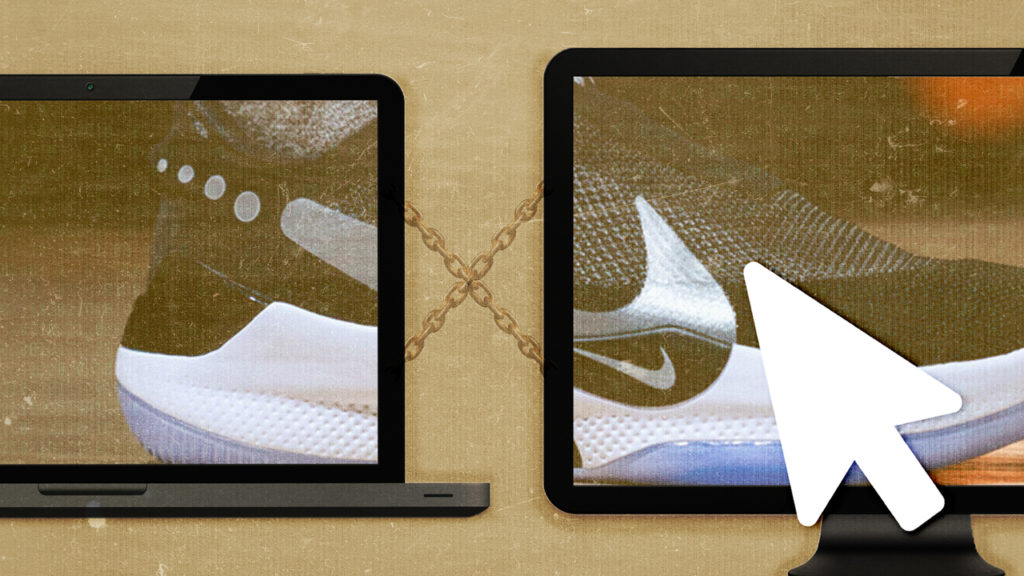According to a new CMO Council study, “Critical Channels of Choice,” omnichannel is the preferred method of communication regardless of consumers’ generation, region or gender. In partnership with Pitney Bowes, the CMO Council surveyed 2,000 English-speaking global consumers—across GenZ, baby boomers, millennials, GenX and the silent generation—85 percent said they expect a blend of digital and physical engagement from brands. The CMO Council gathered feedback via an online study that explores consumers’ must-have channels of choice for communication, discovery, service, data and details the consequences of brands falling short of engagement promises.
Despite the prevalence of social media-based engagement and the rise of chatbots, the study finds that consumers expect brands to also be available on other channels, too, bucking the assumption that millennials and GenZ expect brands to communicate strictly via social. For example, 86 percent of consumers selected email as their top channel of choice, followed by a telephone number to call and having access to a live person.
Print mail is not dead
Consumers place a high value on convenience, which the study shows was the top attribute that kept 50 percent of consumers returning to a brand. That’s followed by reliability (45 percent) and speed (41 percent). Surprisingly, one out of every three consumers surveyed said they also expect direct mail to be part of their ideal communications mix. To deliver a highly satisfying experience, marketers should favor relevance through personalization over random acts of data application, and stop being creative for creativity’s sake.
“What is interesting is how wrong our assumptions about millennials and GenZ were. I think we all assume that because this group is digital natives..these aren’t cord cutters …they think cords are for charging, not connecting, [we wrongly expected that] traditional channels of engagement like printed mail would be out of their sphere of thought or influence. That couldn’t be farther from the truth. These are actually disruptors for younger generations,” said Liz Miller, senior vice president, marketing CMO Council.
Respect data privacy
While millennials and GenZ may give brands the impression that it’s acceptable for them to use their data however they please, the CMO Council study found that they want to share some personal data in exchange for highly personalized experiences. Across both age groups, 42 percent of respondents said they prefer to share select data and expect to have a say in where and how the data is used. For brands to gain consumer trust and a willingness to share personal data, the key is consistently demonstrating the value of contextual experiences across their audience’s preferred channels of engagement.
“I also think it’s important to really understand and embrace this idea that data is not some taboo asset never to be shared. Nor is it an ‘open book.’ Instead, data is the consumer’s new currency. They give it to us in exchange for value. The exchange rate that determines how much value needs to be delivered is entirely dependent on the consumer and our track record in delivering trust,” Miller added.
Create seamless omnichannel experiences
Consumers need more than just optimal prices or products to remain true to a brand. The study found 84 percent cite the lack of connections between channels—for example, trouble-shooting a problem via one channel then jumping to a different channel to resume the conversation, to be a major source of frustration and one that could cause them to turn to a competitor.
When seeking information about new opportunities to save or products to buy, more consumers are looking to video as part of the discovery mix. Fifty-six percent of GenZ noted that they want video to reflect the products they already own or are specifically interested in while 43 percent want the video to be interactive. The study also reinforced the fact that social exerts the greatest influence over younger audiences’ decision-making while GenX, boomers and the silent generation cite websites as holding the most sway.

